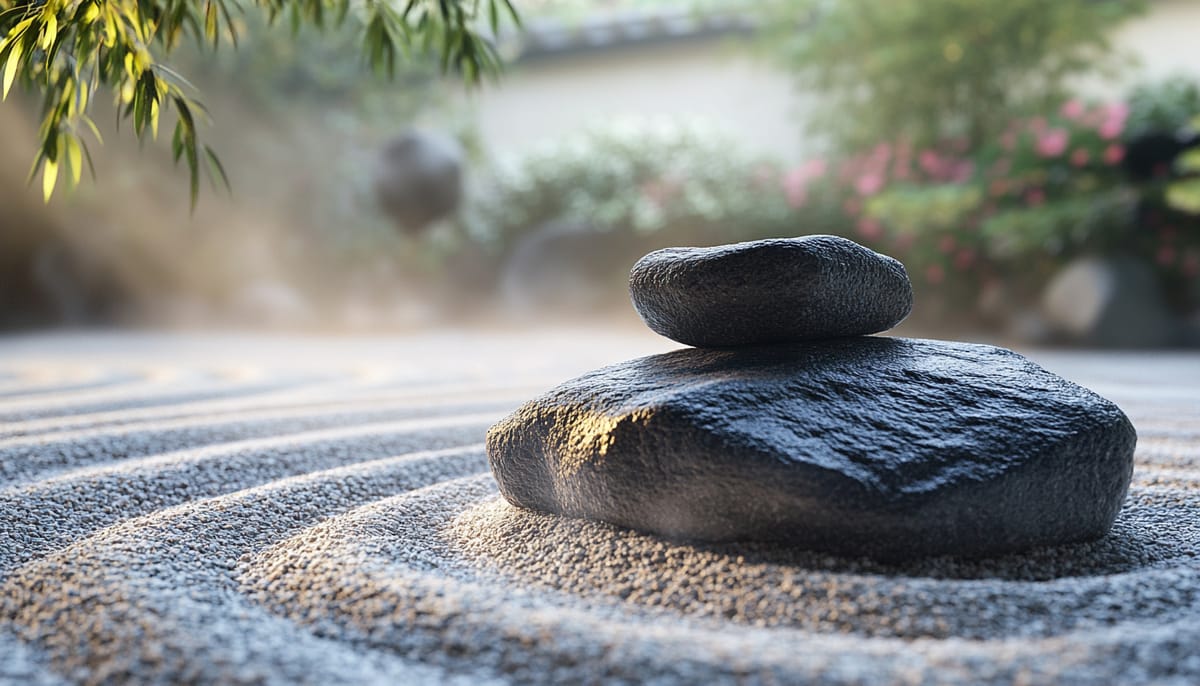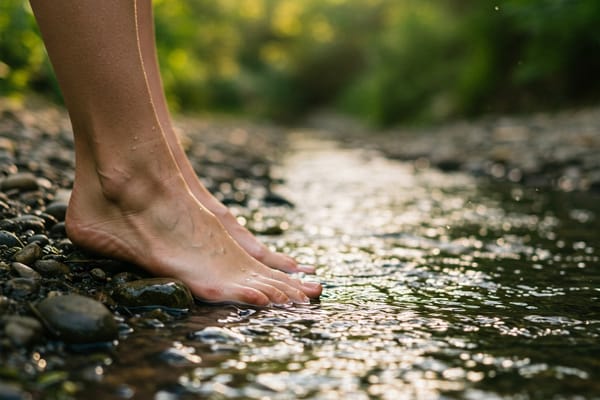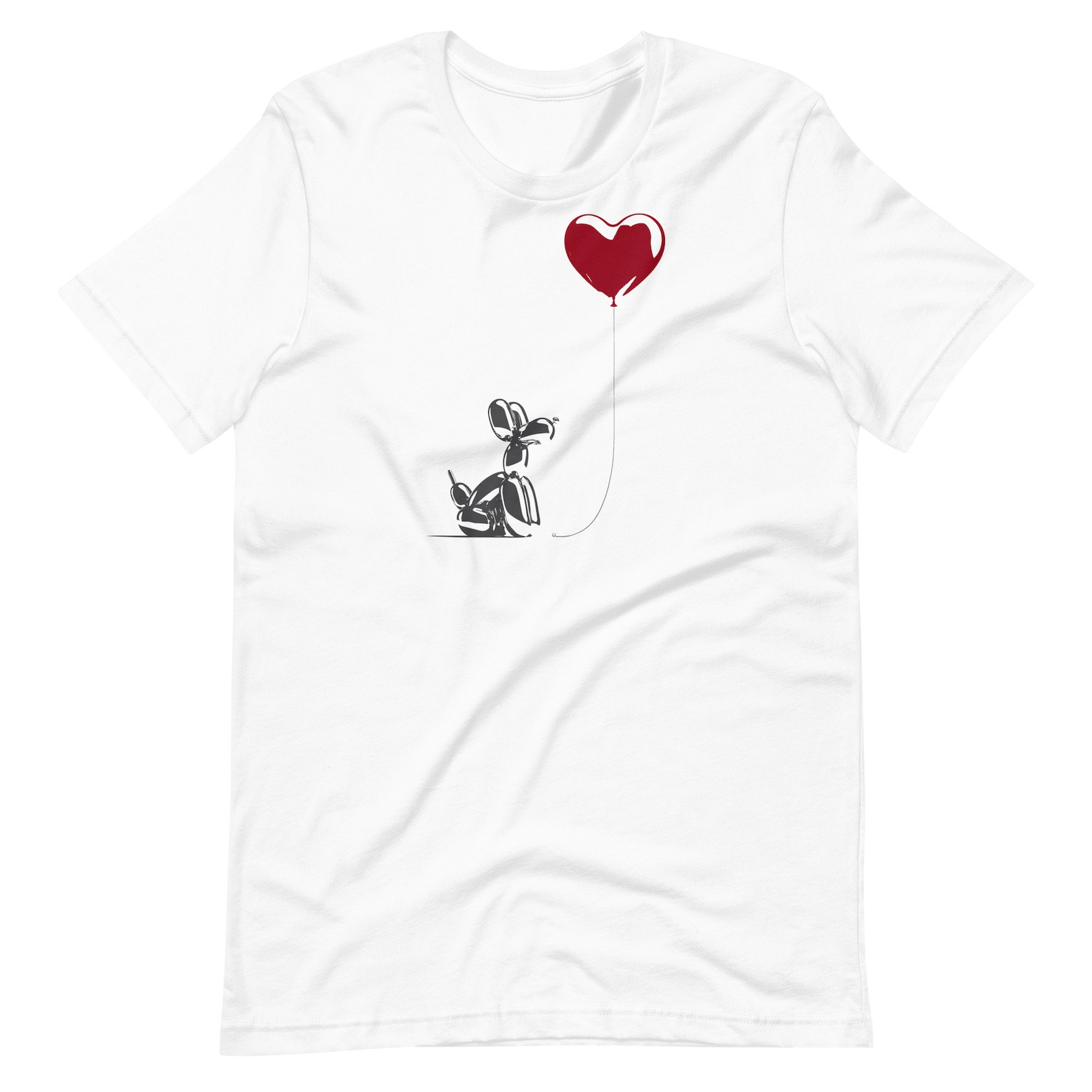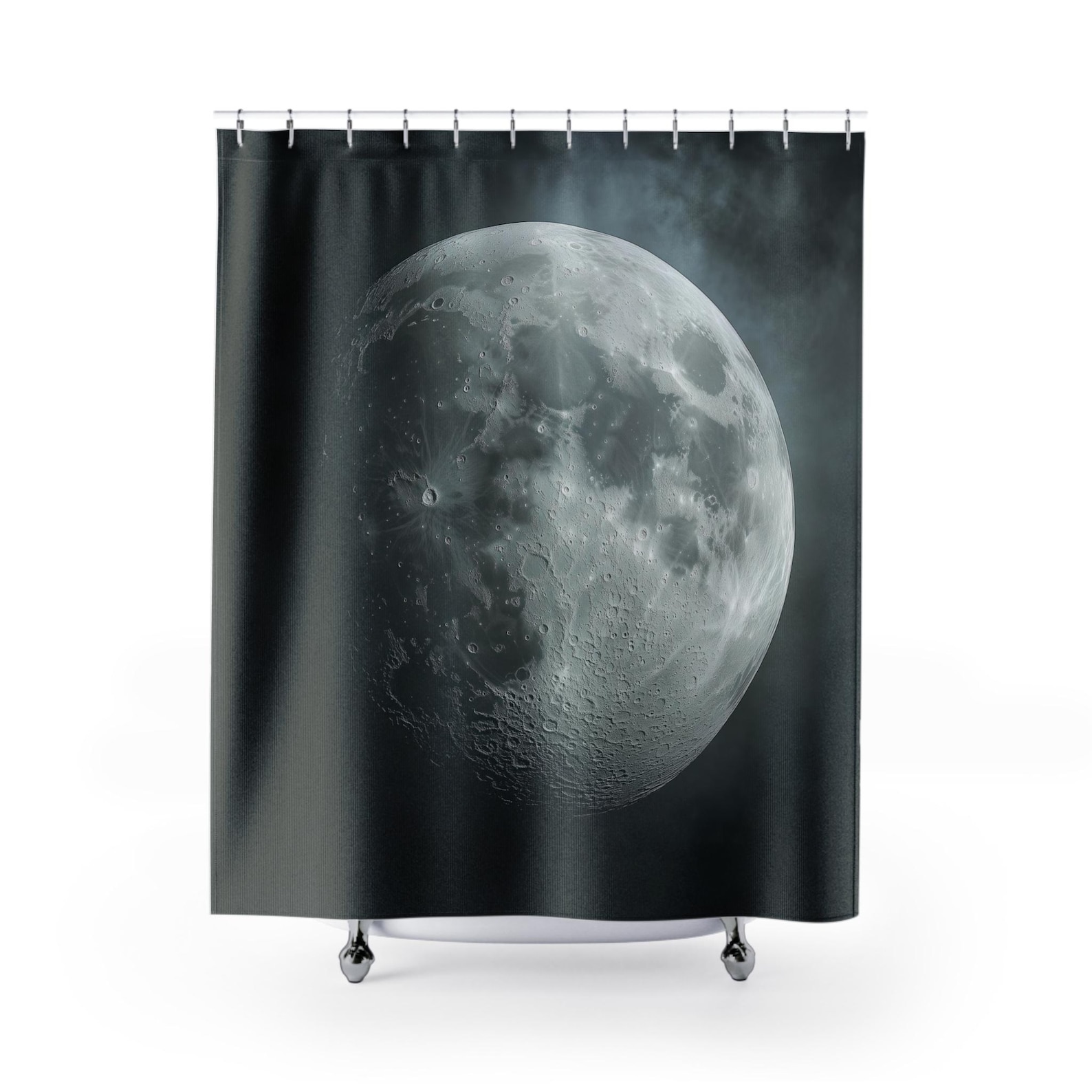Personal notes on meditation
In a world filled with chaos and uncertainty, meditation has become a powerful tool for finding inner balance and clarity. Through years of practice, I’ve experienced profound personal growth, learning to navigate life’s challenges with greater calm and purpose.

A journey of transformation
The way in
Meditation has profoundly shaped my experience, internally and externally. It’s not just a practice; it’s a tool that has allowed me to shift my perspective on life and deal with inner struggles. Before meditation, I was more aggressive, reactive, and overwhelmed by social anxieties. Through years of practice, I’ve found meditation to be an anchor, helping me feel more relaxed, insightful, and less prone to emotional upheavals. While I recognise that feelings are not facts, the transformation I’ve experienced through meditation has been undeniable.
The internal shift
Meditation became a bridge that helped me overcome many internal challenges, such as anxiety and emotional instability. When my mind spirals out of control — especially when I’m agitated before bed — I now know how to quiet my thoughts. It’s like shifting into a slower, calmer gear. This serenity didn’t come naturally; it resulted from long-term practice. Over time, I’ve learned to sense this internal change as my energy gradually decreases, leading me to a place of peace.
A different approach to meditation
Interestingly, an astrologer once told me I was meditating selfishly, suggesting I had been using it as a form of escapism, like a spa retreat. He advised me to meditate purposefully, sending out love and healing to others. At first, this was difficult to accept, as meditation had been my refuge during tough times. But I eventually integrated this approach into my practice, and it deepened my connection with the world around me. Although there’s no concrete proof that my meditations have impacted others, sending positive energy outward has felt meaningful.
Different traditions emphasise various aspects of meditation — self-compassion, mindfulness, or present-moment awareness. This shift toward a more outward focus brought a new layer to my practice, making me feel more grounded in the world.
Mindful reactions
One of the most valuable lessons meditation has taught me is the ability to hold back. In the past, I reacted quickly, often rushing to conclusions and making impulsive decisions. Mindfulness has changed that. I’ve learned to pause, reflect, and assess a situation before jumping in. This pause has helped me make more thoughtful choices, avoid rash actions, improve my performance at work, and take a more measured approach to opportunities in life.
The invisible vibration
After years of practice, meditation has created an internal vibration that’s difficult to describe but deeply familiar. Meditating allows me to quickly access a serene state of mind, tapping into calmness almost instantly. Others have noticed this transformation as well. A friend once mentioned that I was becoming "boring," likely because I’m no longer as hyperactive as I once was. To me, though, this calm has been a welcome relief. While I try to inject energy into my interactions to avoid seeming too subdued, I am, at my core, far more laid-back than I used to be and can offer more support to others. Many years later, an acquaintance remarked on my calming influence.
Different forms of meditation
“The present moment is filled with joy and happiness. If you are attentive, you will see it.” — Thich Nhat Hanh, Peace Is Every Step: The Path of Mindfulness in Everyday Life
There are countless ways to meditate. While I primarily practice conventional sitting meditation, I’ve found walking meditation — particularly at Deer Park Monastery, established by Thích Nhất Hạnh near San Diego, CA — to be deeply rewarding. I know others who find repetitive activities like lifting weights, running, or even sex to be meditative. Meditation is about entering a focussed, present state where your mind can relax. Other forms, such as loving-kindness meditation — where one begins by focussing on self-compassion and gradually expands that circle of kindness to others — or visualisation techniques, offer unique benefits. It’s all about discovering what resonates with you.
The role of equipment
Meditation doesn’t require much equipment — beyond yourself — but you can use various tools to enhance your practice. I’ve used everything from a yoga mat to a comfortable chair to create a meditation space. Even a simple rug or a designated corner in your home can serve as your "meditation equipment." The key is to create an environment that encourages you to commit to the practice. Some people find guided meditations or apps helpful, especially when starting, but ultimately, it’s about discovering what works best for you.
Flexibility in time
Time is another flexible aspect of meditation. How long you meditate is entirely up to you. One of the benefits of meditating alone is the freedom from strict rules or systems. However, this lack of structure can be challenging, especially for beginners, as it offers no guardrails to prevent the mind from wandering or giving up entirely. Over time, you learn to guide your thoughts back to the present gently. Many start with shorter sessions and gradually increase the duration as they become more comfortable with the practice.
Conclusion
Meditation has helped me find balance in a chaotic world. The journey has not been perfect or linear and has taken time, gradually removing grains of uncomfortable mental sand. Still, it has allowed me to approach life with greater calm, insight, and purpose. Whether used for personal growth or to send out positive energy, meditation is a deeply individual practice that evolves with the person. For me, it has been nothing short of transformative, though I know I am still far from perfect.
How to Meditate in 5 Simple Steps
Meditation is a powerful way to center yourself and cultivate mindfulness. In just a few steps, you can enter a state of calm and focus. Here's how to begin:
1. Position yourself comfortably.
Start by sitting or lying down in a comfortable position. Whether you’re seated in a chair, on the floor, or lying down, make sure your posture feels relaxed but not slouched. Your body should feel supported, allowing you to maintain stillness for the duration of the meditation.
2. Adjust your eyes.
Decide how you'd like to position your eyes to maintain focus. You can close your eyes entirely, leave them slightly open, or gaze softly at a neutral point or void in front of you. The key is to find an eye position that minimizes distraction and keeps your mind calm.
3. Breathe in and focus on the breath.
Begin by taking a gentle inhale through your nose. Focus on the sensation of the breath entering your body — how the air fills your lungs and expands your chest. Don’t force or control the breath; simply observe it. Let your breath flow naturally as you bring your full attention to it.
4. Exhale softly and stay mindful.
As you exhale, release the air through your nose or mouth, whichever feels more comfortable. Again, observe the breath as it leaves your body, noting how your chest softens and relaxes. Keep your awareness on the exhale without trying to control it.
5. Repeat and continue.
Continue this process, inhaling and exhaling gently, observing each breath as it comes and goes. If your mind wanders, gently guide it back to the sensation of your breath. Stay in this rhythm for as long as you wish, allowing the breath to be your anchor throughout the meditation.
With practice, these steps will help you cultivate a deep sense of calm and mindfulness, whether you're meditating for a few minutes or longer.












